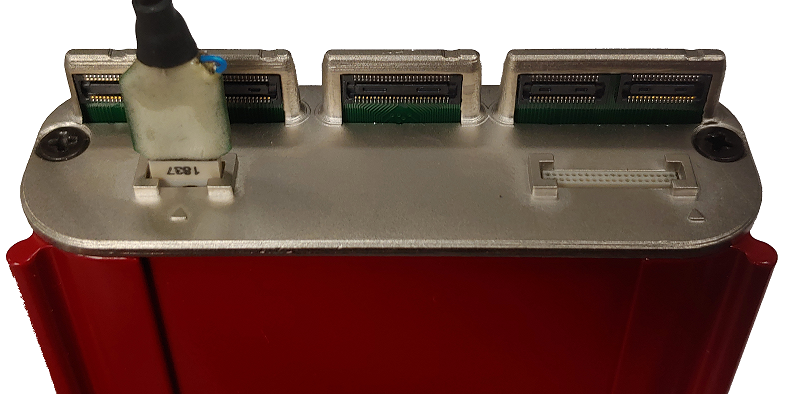FB128 Neural Simulator
Simplify Troubleshooting & Configuration
The simulator can operate in eight different modes and includes an inhibitory/excitatory option for even more output variations. The simulation modes are listed on the face of the module and LEDs indicate which is active. Operational buttons or switches, a trigger input, and a charger input are positioned on one end of the module and output connectors for headstage connection are positioned on the other.
The FB128’s flexible operational modes include:
- Normal – neurological waveforms, including spike waveforms and LFP
- Hash – Normal with spikes scaled down by a factor of 2
- LFP Only – Normal with spikes scaled to 0
- Tetrode – neurological LFP waveforms with spikes, where spikes on each group of 4 channels fires synchronously
- Sync 100 Hz – neurological LFP waveforms with spikes on all channels firing synchronously at 100 Hz fixed rate
- Tone 30 Hz – 30 Hz tone at 1000 µV on all channels
- Tone 1000 Hz – 1000 Hz tone at 100 µV on all channels
- Tone Ref – 100 Hz tone at 1000 µV on Reference channel only


